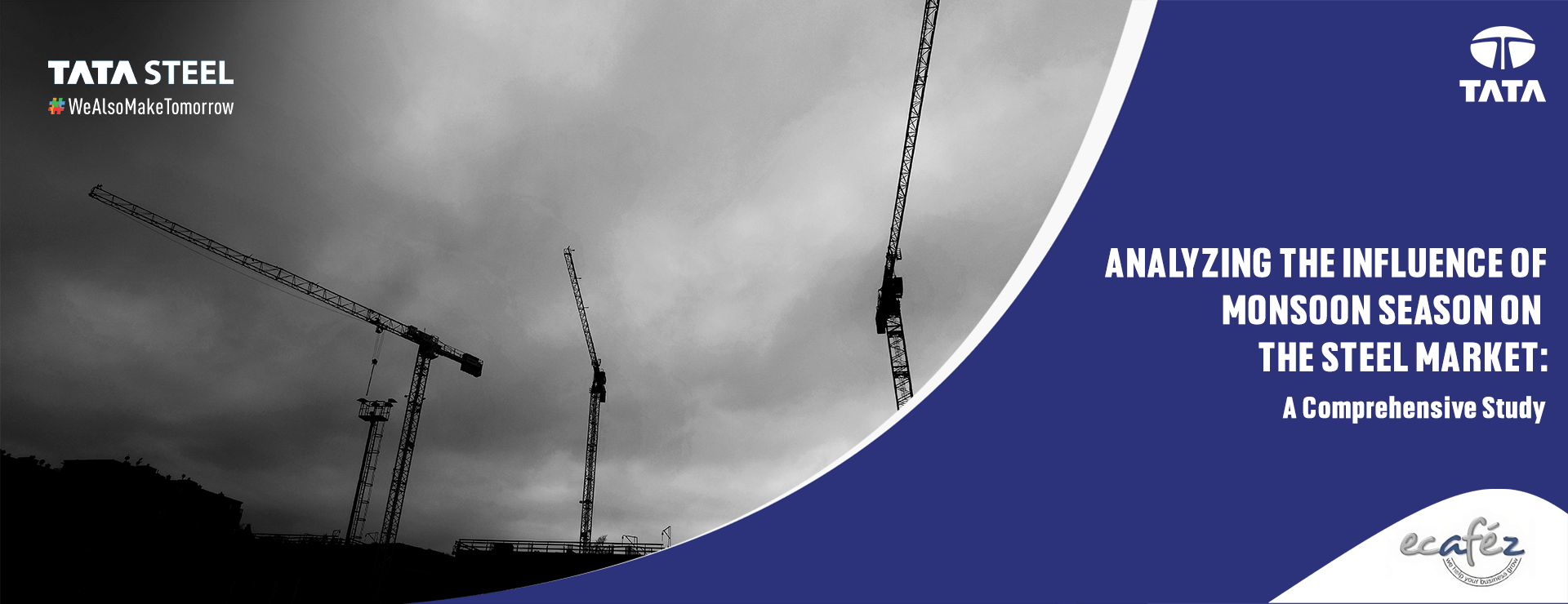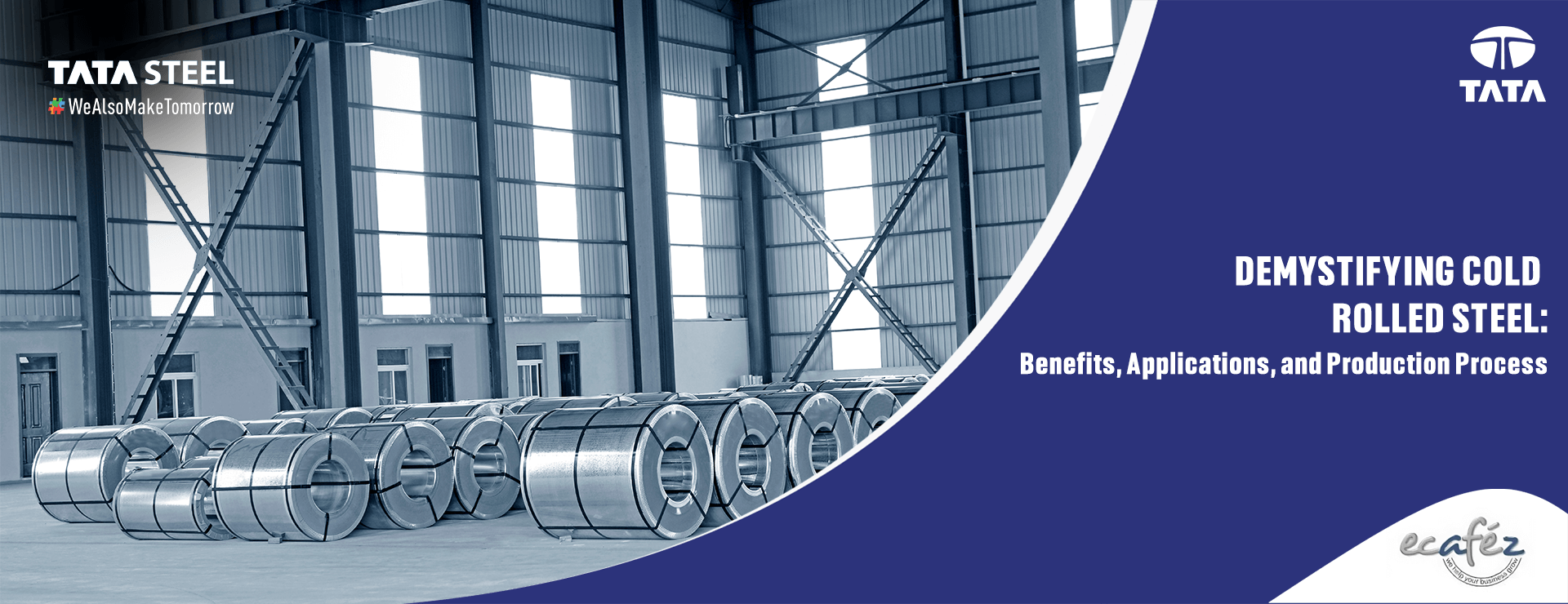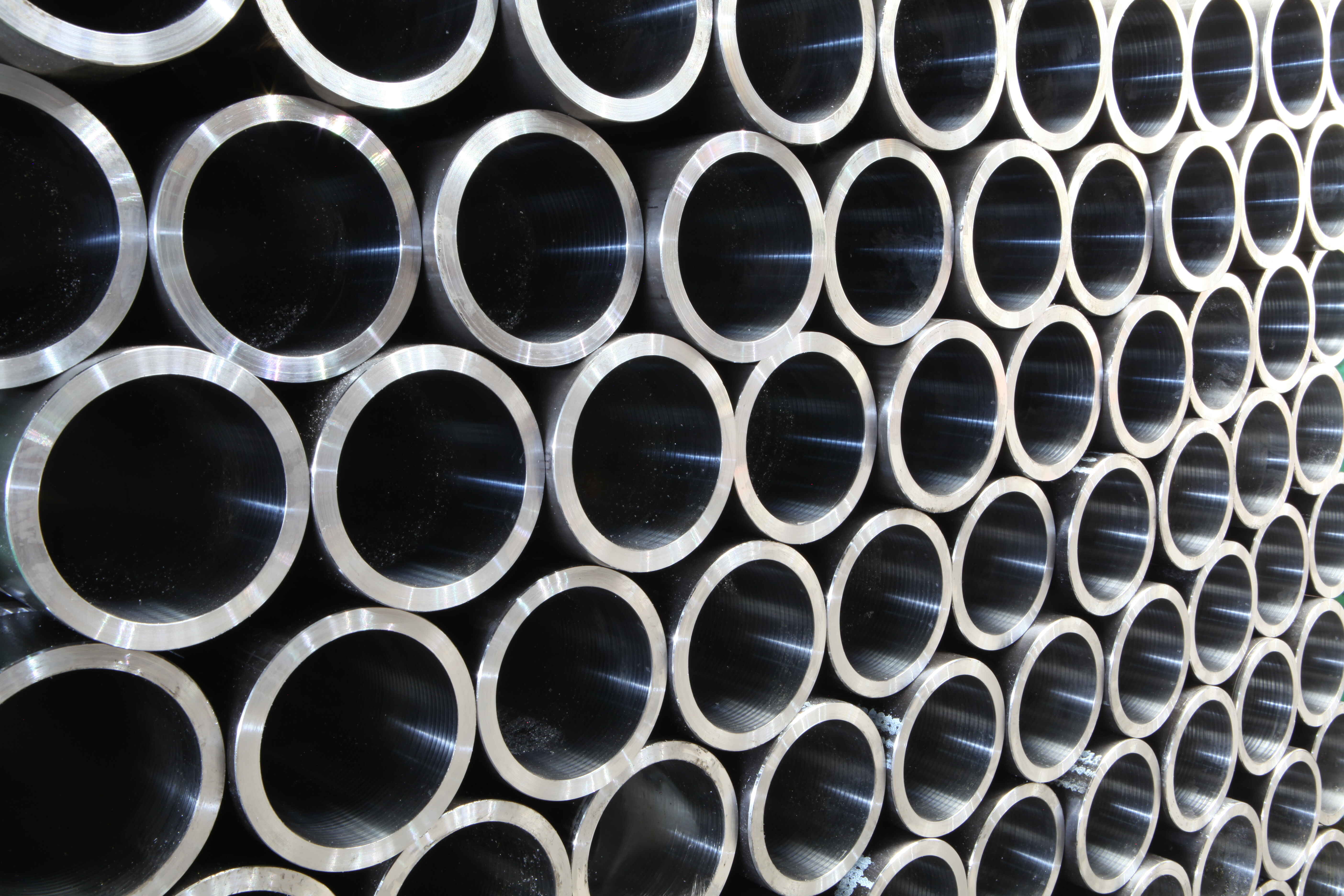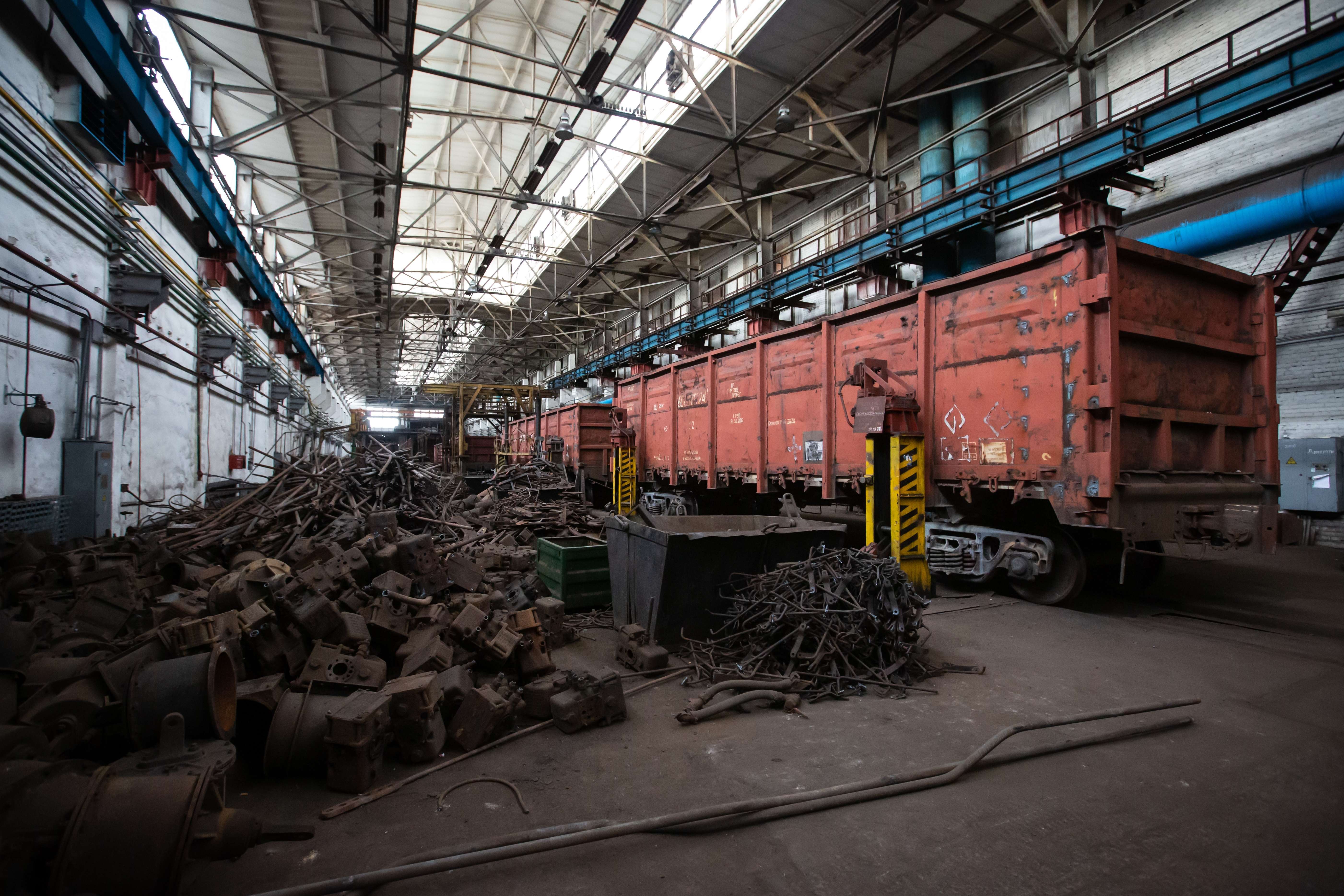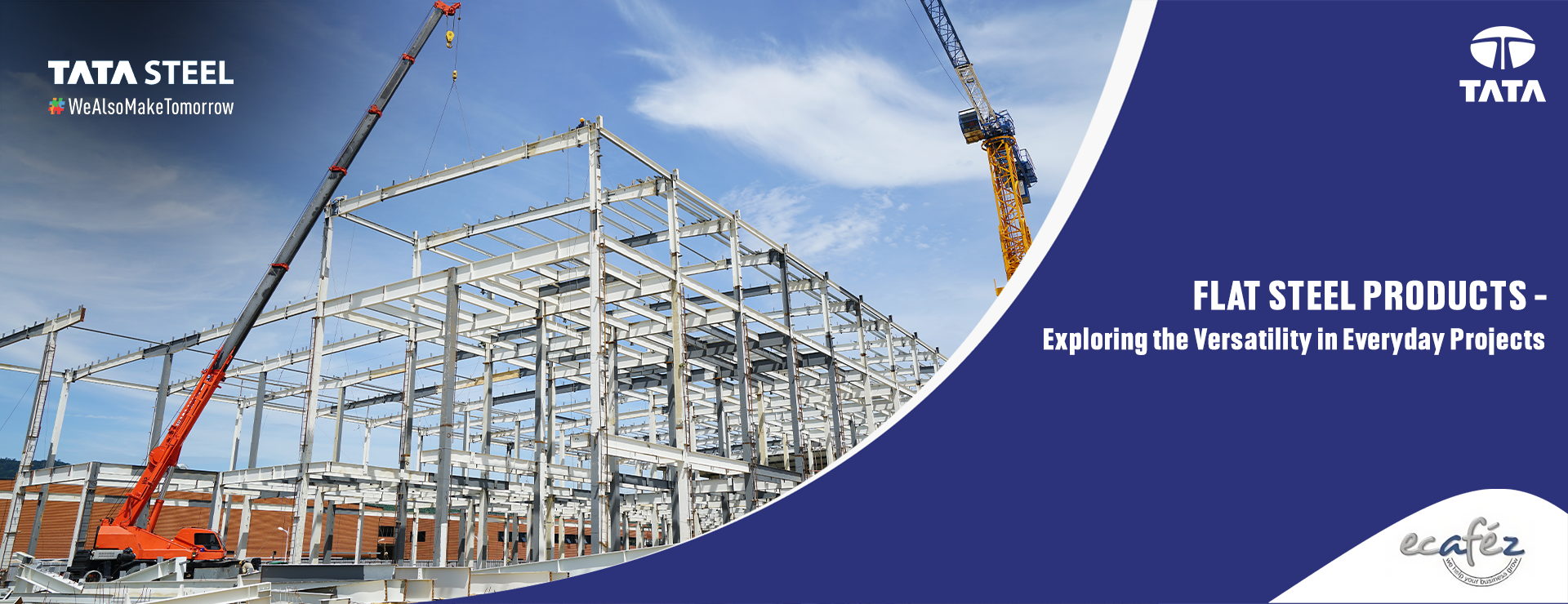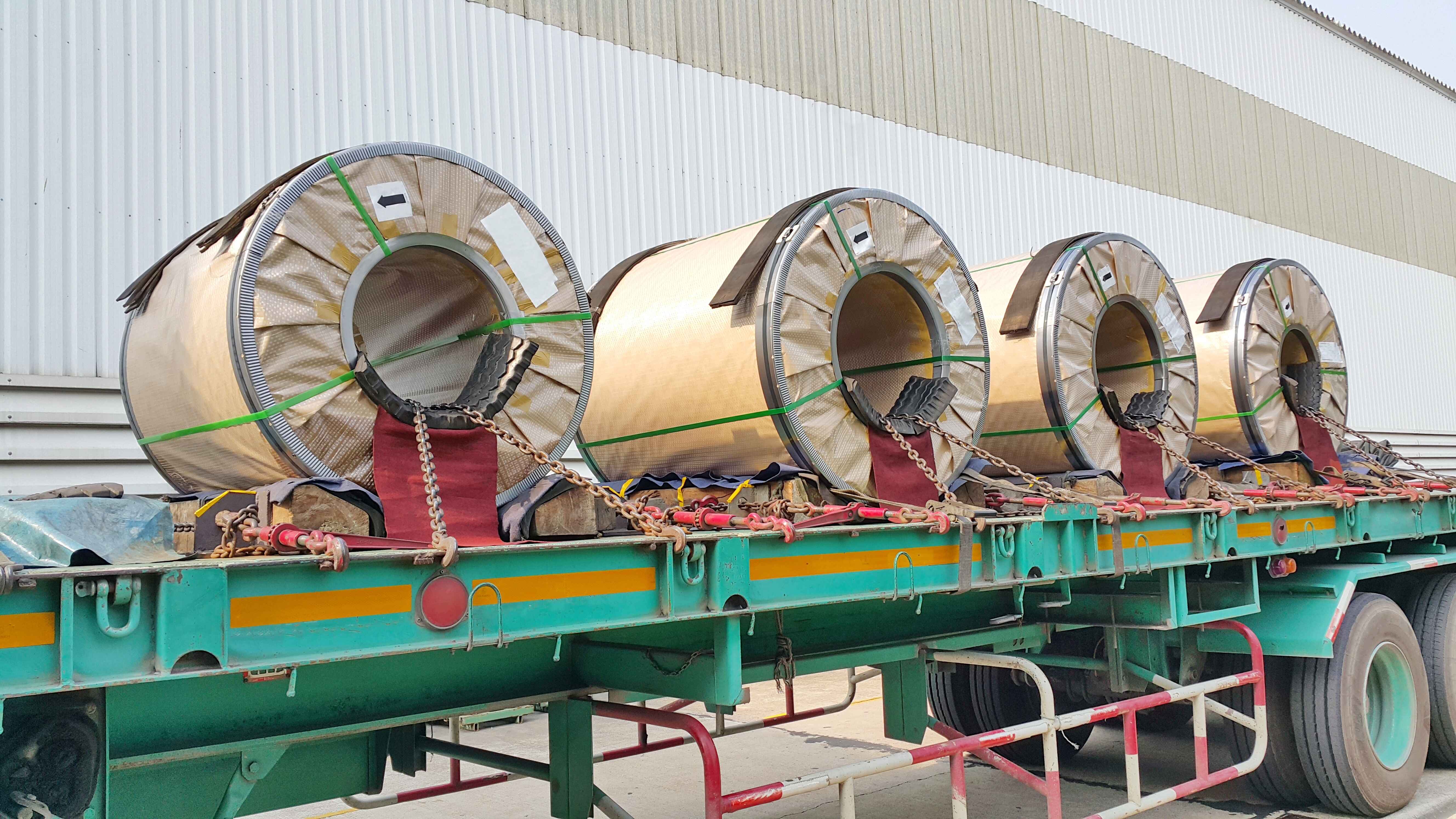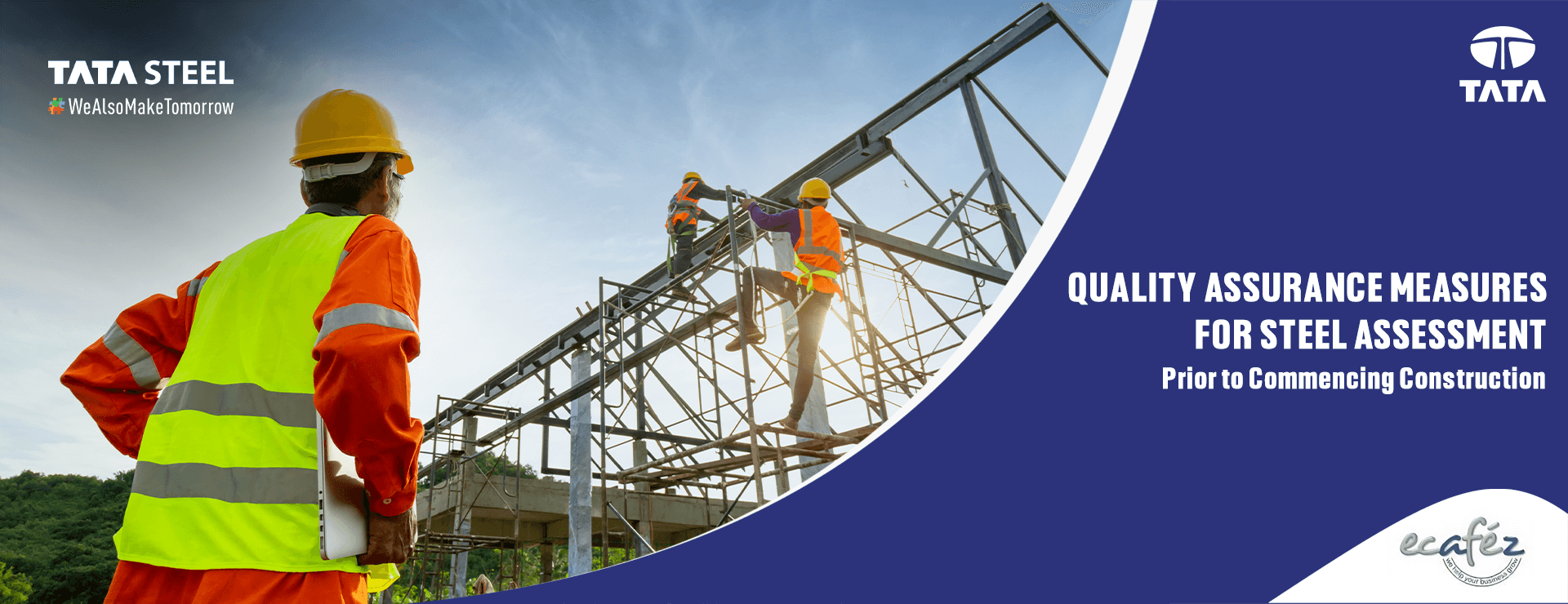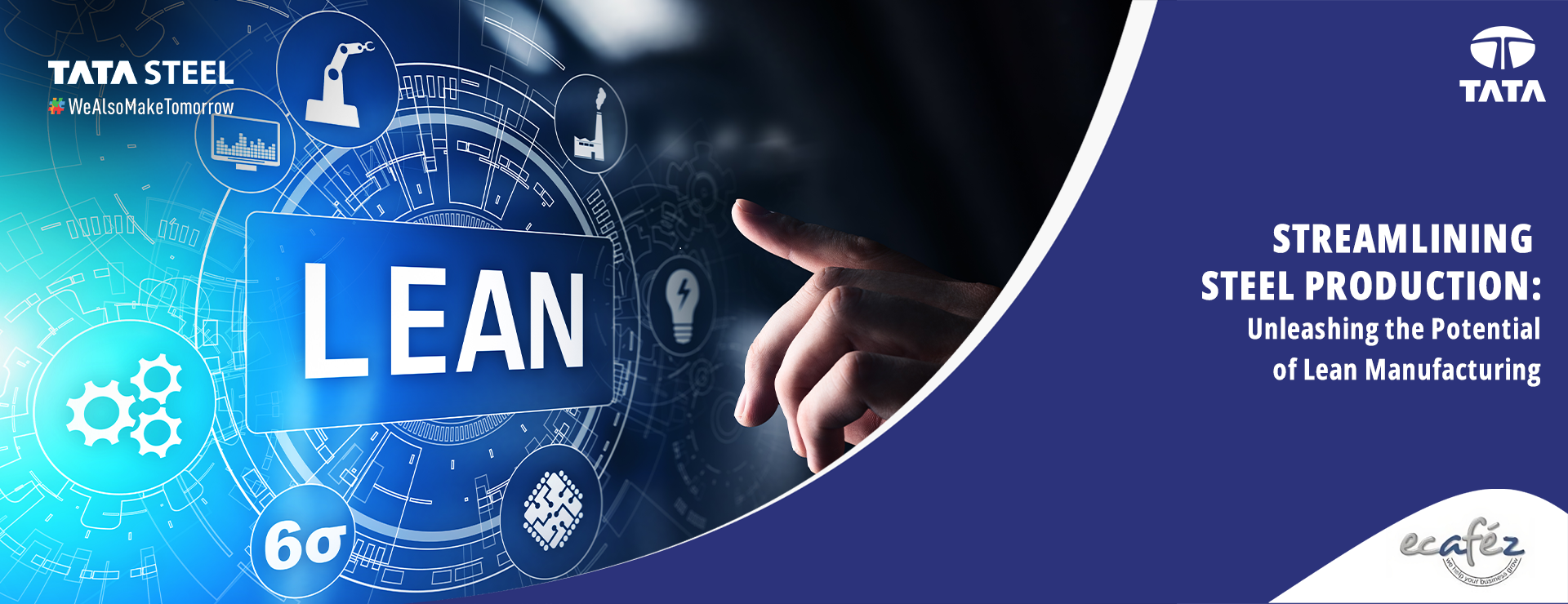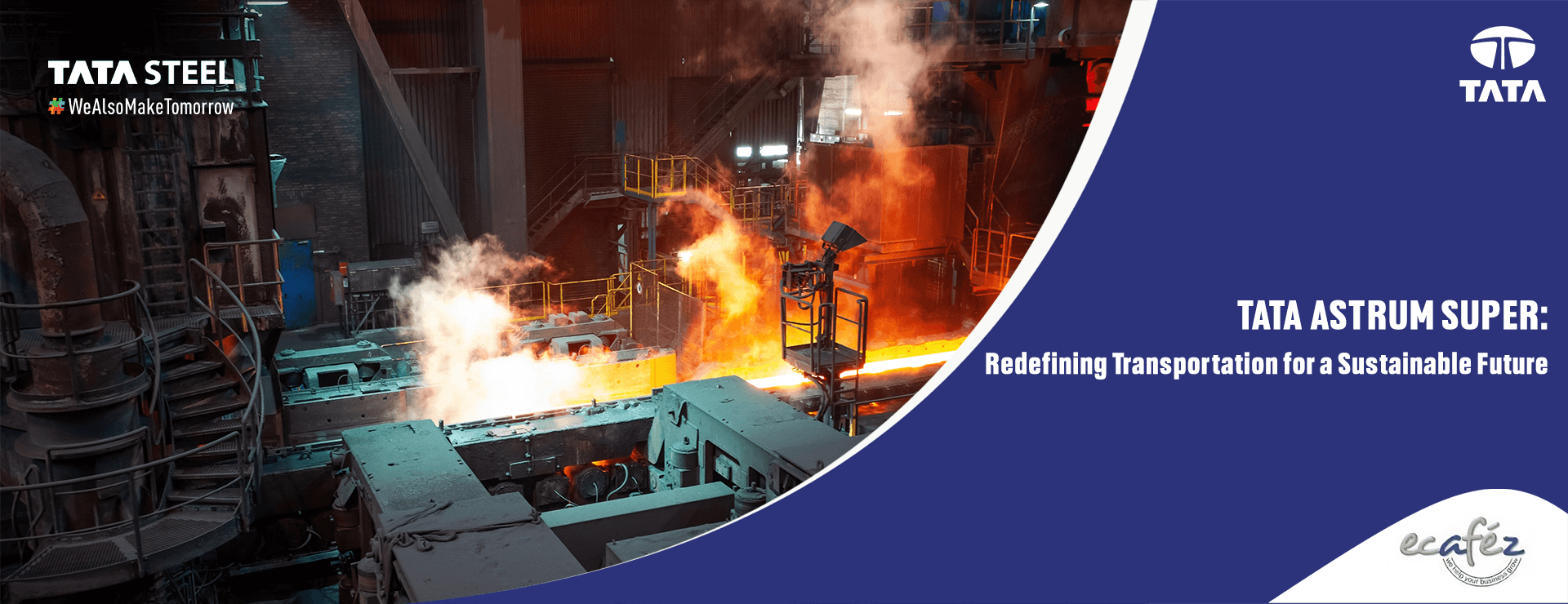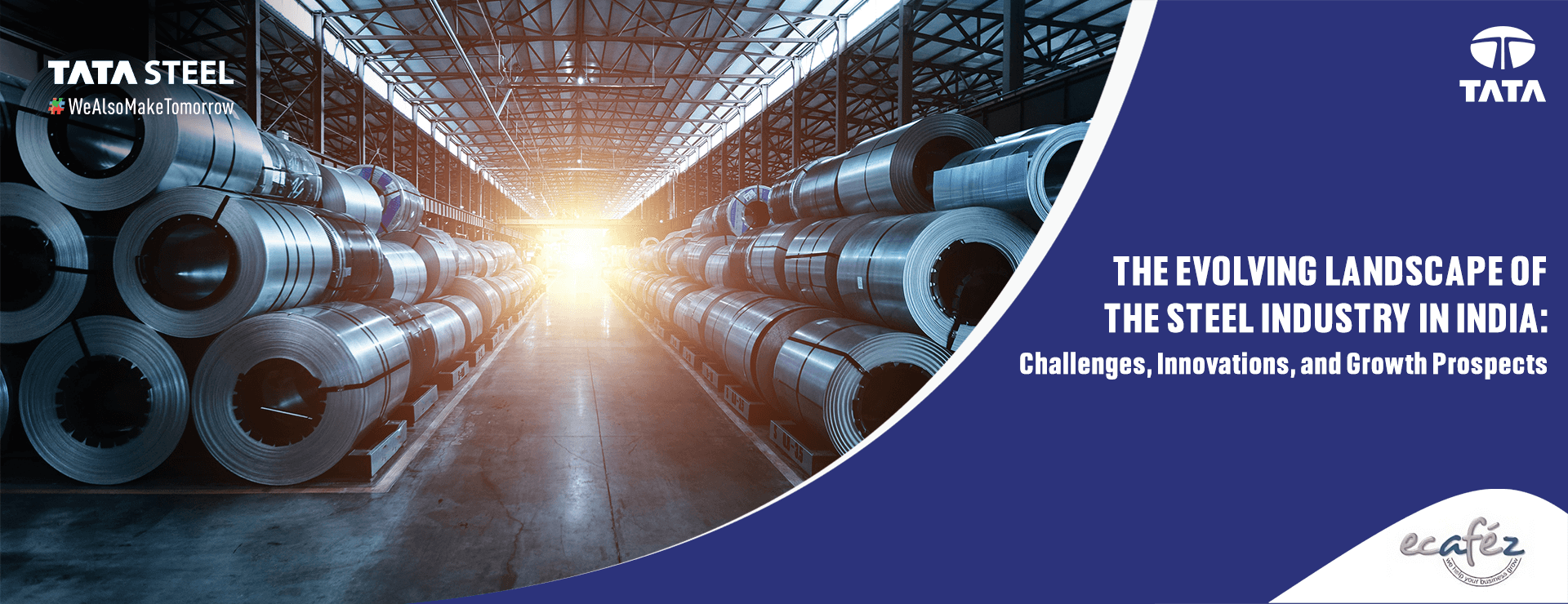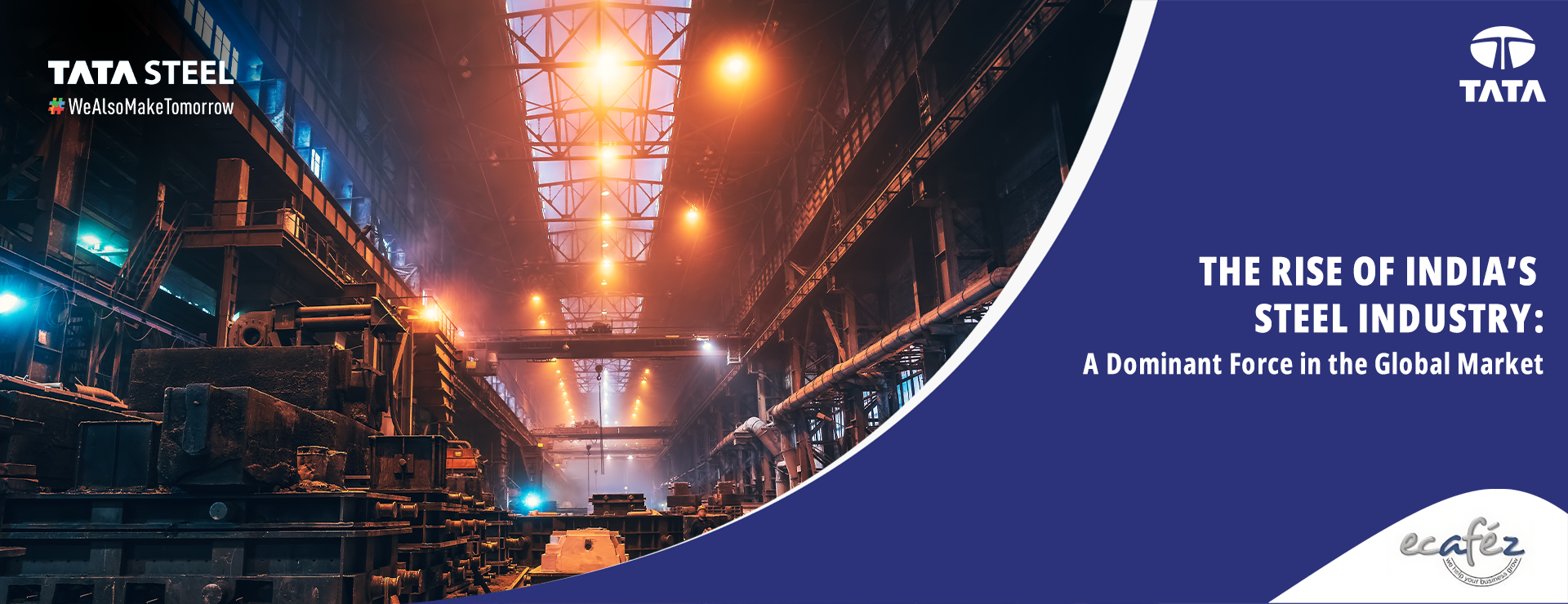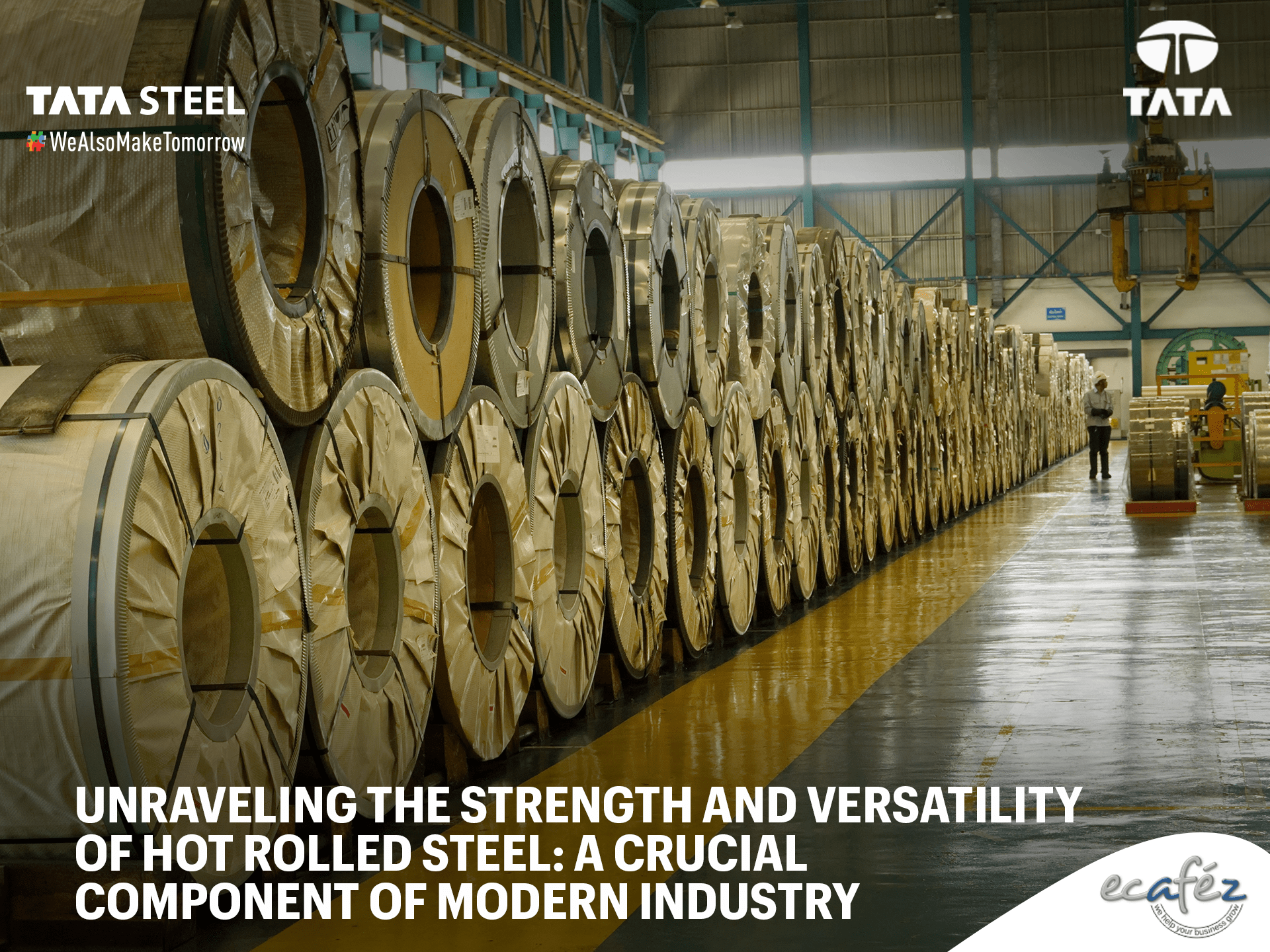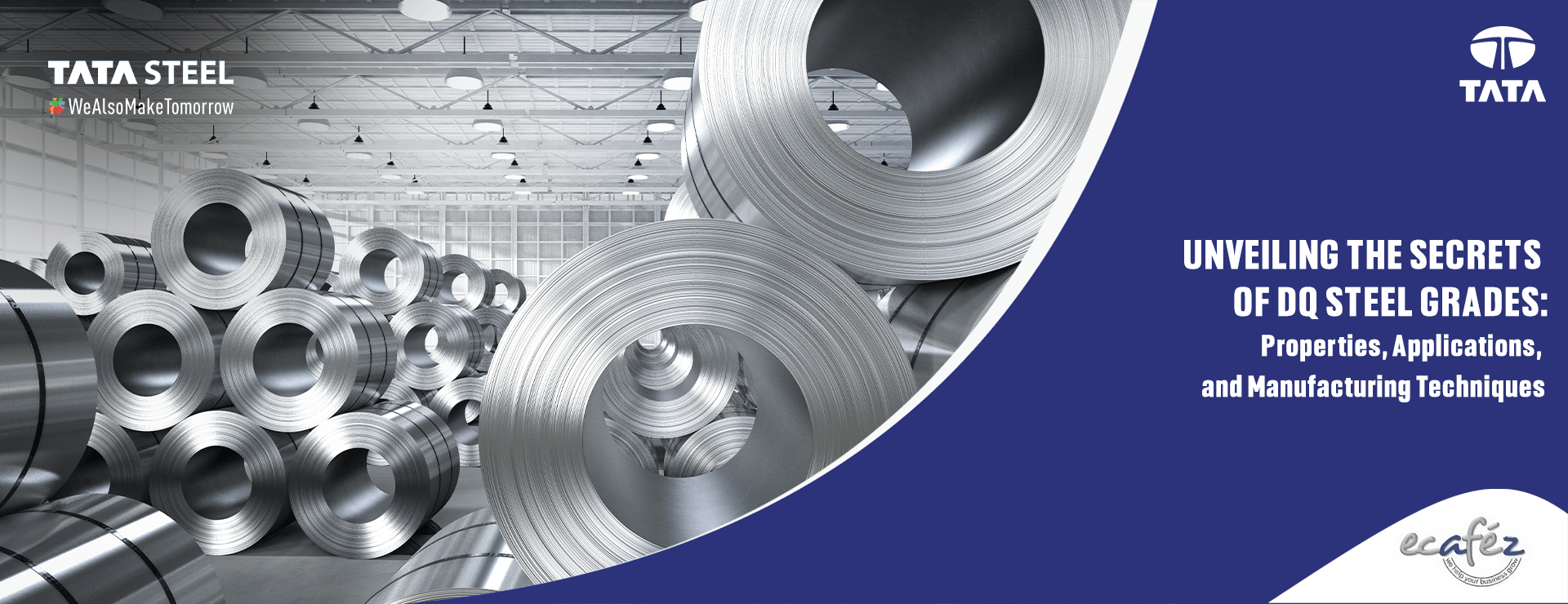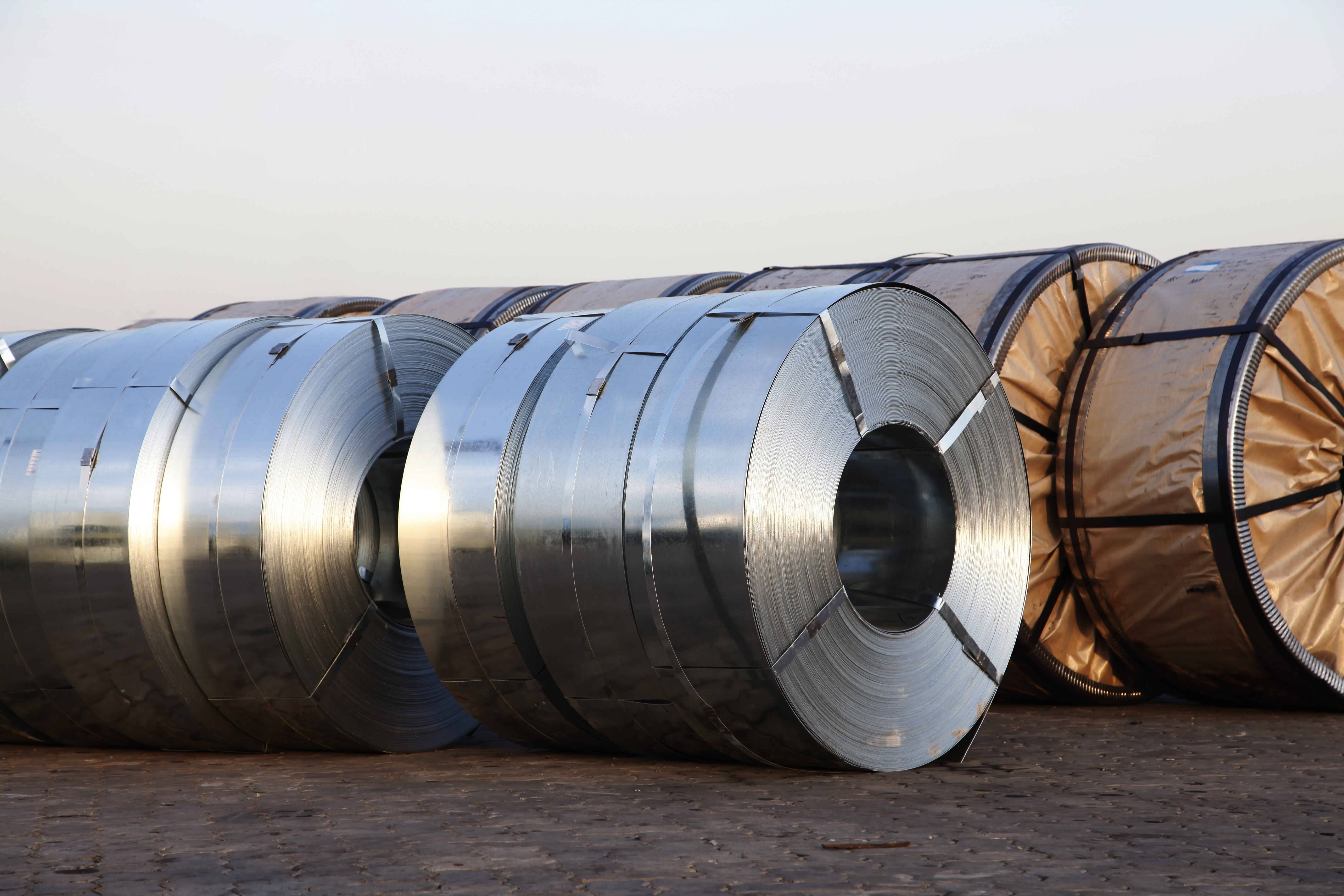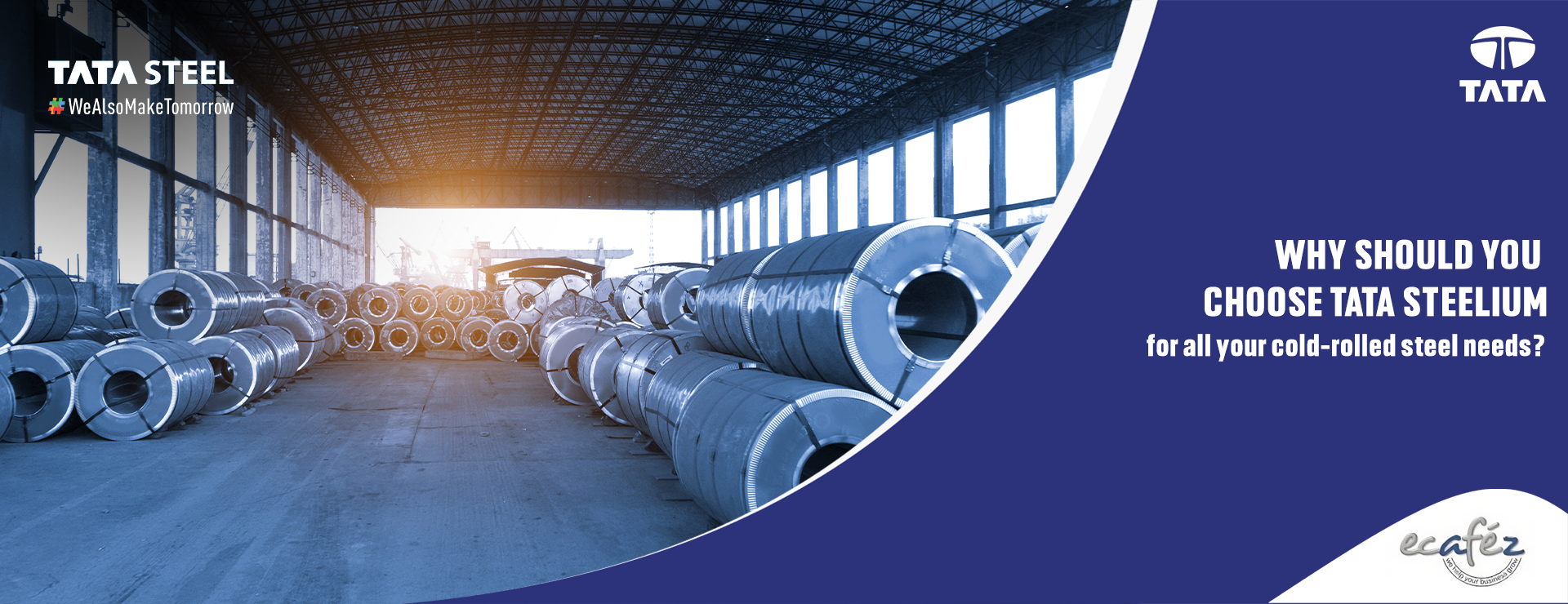Today, almost every other industry utilizes steel—be it for manufacturing construction materials like rebars, certain medical products like surgical tools, producing home appliances like washing machines, or manufacturing cars, buses, or even trucks—our dependency on steel can go beyond our expectations!
Just like any other metal or commodity in the market, even steel market prices keep fluctuating. A rise in steel prices can lead not only to increased manufacturing costs but also to higher prices of goods. Since India is the second-largest steel producer in the world, given its major role in supplying steel globally, fluctuating prices in the country are bound to leave a global impact. Let's understand how changing steel price trends in India can impact the market:
Export levels
Fluctuating steel prices in the domestic market can affect not only internal demand-supply but also create ripples in the international market. When prices rise, it may greatly influence steel exports, affecting the global inflow of steel. For countries that depend on steel imports, sudden price changes can vastly disrupt internal infrastructural growth, manufacturing, etc., causing delays across various industries and sectors.
Trade dynamics
Just as fluctuating steel prices affect the internal market, they can also impact international trade relations. As one of the largest steel producers in the world, price fluctuations in India will undoubtedly affect international trade. If Indian steel prices rise, importing countries may have to pay more, impacting their industries and potentially leading to shifts in trade relationships. This may also lead to adjusted policies and agreements.
Global competitive landscape
The rising and falling prices of Indian steel can change the competitive landscape for steel-producing countries. For example, if prices increase in India, small-to-medium steel producers across the world may capitalize on decreased costs to expand their base.
Shift in investors' sentiment
Since India's steel industry plays a crucial role in the nation's economy, fluctuations in prices can influence both domestic and global investors. This may slow capital inflows in certain sectors and even result in business losses.
Impact on manufacturing and construction sectors
If steel prices in India continue to fluctuate, industries dependent on steel—such as automotive, home, and industrial appliances—may face increased end costs due to costlier manufacturing processes.
Now we know that the rise and fall of steel prices can have a multifaceted impact on both the Indian and global markets. Since India is the second-largest steel producer and exporter, any pricing changes can greatly influence international steel trade and policies, affecting various industries worldwide. While these fluctuations are beyond our control, keeping an eye on prices can help us better understand and plan for the future of your business.
Feel the need to know more about the steel industry? If you're a business or SME owner and want to climb the ladder of success backed by industry insights, follow Ecafez. Ecafez helps budding professionals achieve their goals with tried-and-tested techniques and the latest technologies. Follow us and stay informed about the latest trends in the steel industry.




